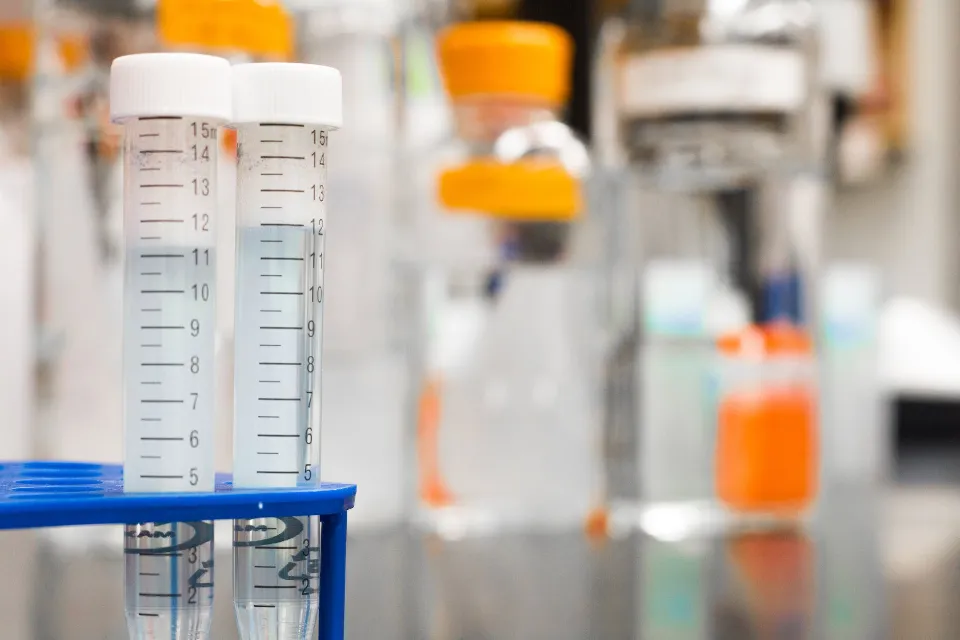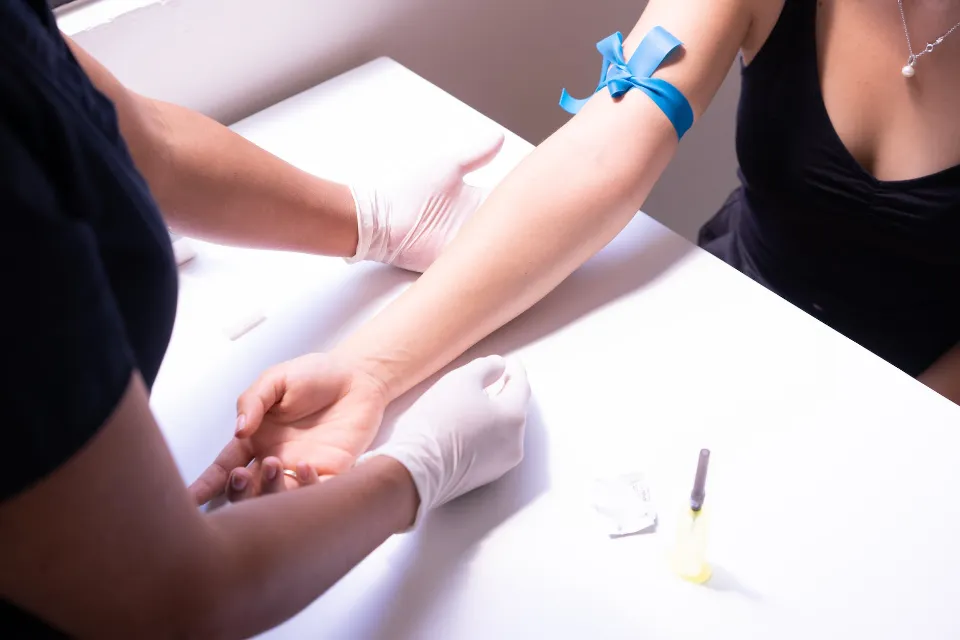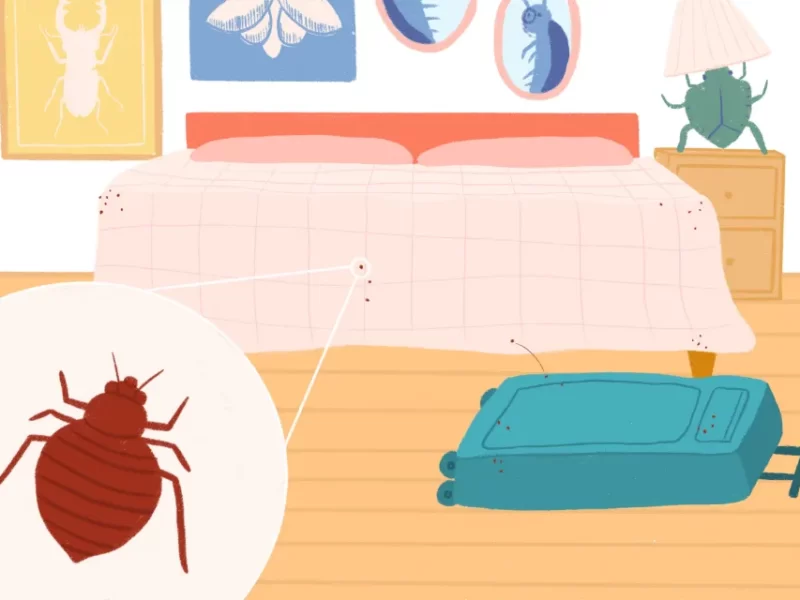I’m getting some blood work done, which is awesome, and I can’t wait to see how the needle enters my vein. In fact, I know some people who are braver in this regard, but there are others (like me) who shudder at the thought of having their blood drawn.
Some people get so dizzy when they have their blood drawn that they can’t control themselves, or in severe cases, they just pass out!
Do you want to know the cause of your fainting during a blood test? And what can you do about it? Read next.
Why Do You Faint During a Blood Test?
It’s hard to identify which patients will faint during a blood draw and which will not. It can happen to healthy patients of any age, including those who are used to having blood drawn. Neurally mediated syncope is the most typical cause of fainting, especially in children and young adults.
The patient’s blood pressure suddenly drops, which prevents enough oxygen from reaching the brain. This condition is known as vasovagal syncope or a vasovagal response. There is no single cause for this reaction; it can be brought on by anxiety, distress, or occasionally even the sight of blood.
The important thing to remember is to look for signs when a patient is about to faint. Once you become aware of them, you can protect them from harm or injury as they regain consciousness.

Signs to Look for When You Are About to Faint
Although it can be difficult to predict which patient will pass out as soon as they walk through the door, there are warning signs that you can spot and use to set up a secure environment for your patient to recover. Signs you are about to faint include:
- Skin becomes pale
- Lightheadedness
- Pupils become dilated
- Cold sweats
- Feelings of nausea
- Slow or weak pulse
- Hyperventilation or anxiety
- Vision loss, tunnel vision, or blurred vision
How to Avoid Fainting During Blood Test?
Deep Breathe
While your blood is being drawn, you can count your breaths because your focus will shift to something else. Also, halting your flow of oxygen can lead to even more anxiety.
Drink Plenty of Water
Before the blood test, make sure you’re well-hydrated because dehydration can cause your blood volume to drop and make it more difficult to locate your veins.
Inform the Doctor First
Tell the nurse/doctor if you had previous problems while taking blood tests and if you are afraid of the procedure. To ensure that the brain receives plenty of oxygenated blood, they will know how to handle it better and make you lay down rather than sit. A conversation with the nurse during blood test will help you even if you don’t feel really chatty as it can help you calm your nerves.
Recusal
Don’t look at the arm and at your own blood unless you want a vasovagal syncope and pass out. Shielding your eyes is preferable.
Other Tips
You can also reduce your likelihood of fainting during blood test by doing the following:
- Try not to skip meals.
- Limit the length of your fast.
- Stay hydrated.
- Avoid standing for prolonged periods of time.
- Consume less alcohol and caffeine.
- Try lying down with your legs raised.
- To prevent blood from pooling in your legs and reducing blood flow to your brain, think about wearing elastic stockings.).
- Be proactive and talk to the nurse or phlebotomist before your blood draw and let him/her know if you have fainted before.
What a Doctor Should Do When a Patient Faints?
Include these steps in your blood draw process to ensure your patients are safe if they faint:
- Verify that patients are seated in arm-rest-equipped chairs so they won’t fall to the ground if they faint.
- Never sketch a patient who is erect or who is seated at an exam table without side armrests.
- Make sure that patients are seated in armchairs with armrests or lying down (recumbent position) rather than sitting up straight on the bed.
- Make sure the patient is lying down during the blood draw if they have a history of fainting.
- Never ignore a patient, especially after the blood sample has been taken. It’s common for people to faint without any prior warning, so you’ll need to provide support if this happens.
- Keep yourself just a step or two away from the patient so that you can assist if they fall at any time.

- Release the tourniquet, take out the needle, and switch on the safety feature right away if the patient does faint or get lightheaded while having blood drawn. You won’t get a needlestick by accident if you have awareness.
- Support the patient to prevent them from falling if they do lose consciousness, and if at all possible, call for help. To promote blood flow to the brain, once the patient is supported, lower their head below the level of the heart. You can also carefully, with assistance, lower the patient’s head between the knees or lower the patient to the floor.
- Lastly, stay away from ammonia inhalants. A patient who has asthma may experience respiratory distress.
In addition to these tips, you can also help the patient by not mentioning the words “faint” or “pass out” prior to the blood draw. The power of suggestion is powerful – and you don’t want to make your words a reality. Instead, ask them if they’ve ever “had problems” with prior blood draws. Depending on their response, pose follow-up inquiries and plan accordingly.
Summary
If you feel like you are about to pass out during a blood test, the first thing you should do is sit down (if you aren’t already doing so). Once you do, or if you can’t sit down, you can use your muscles to avoid fainting. Tighten the muscles in your legs, abdomen, and buttocks as you cross one over the other. Avoid it as well, and if you experience any discomfort, tell your doctor right away so they can assist you.
FAQs
How Often Do People Faint When Giving Blood?
It happens to less than 3% of donors. Sometimes it can appear to happen for no apparent reason at all. Anger at the sight of blood, pain, or needles can all increase the likelihood of an allergic reaction.
What Not to Do After Blood Test?
- Avoid tight or restrictive clothing on the arm.
- If bleeding occurs, place your fingers directly over the needle site and apply firm pressure.
- Avoid strenuous use of the arm eg sports or heavy lifting.



